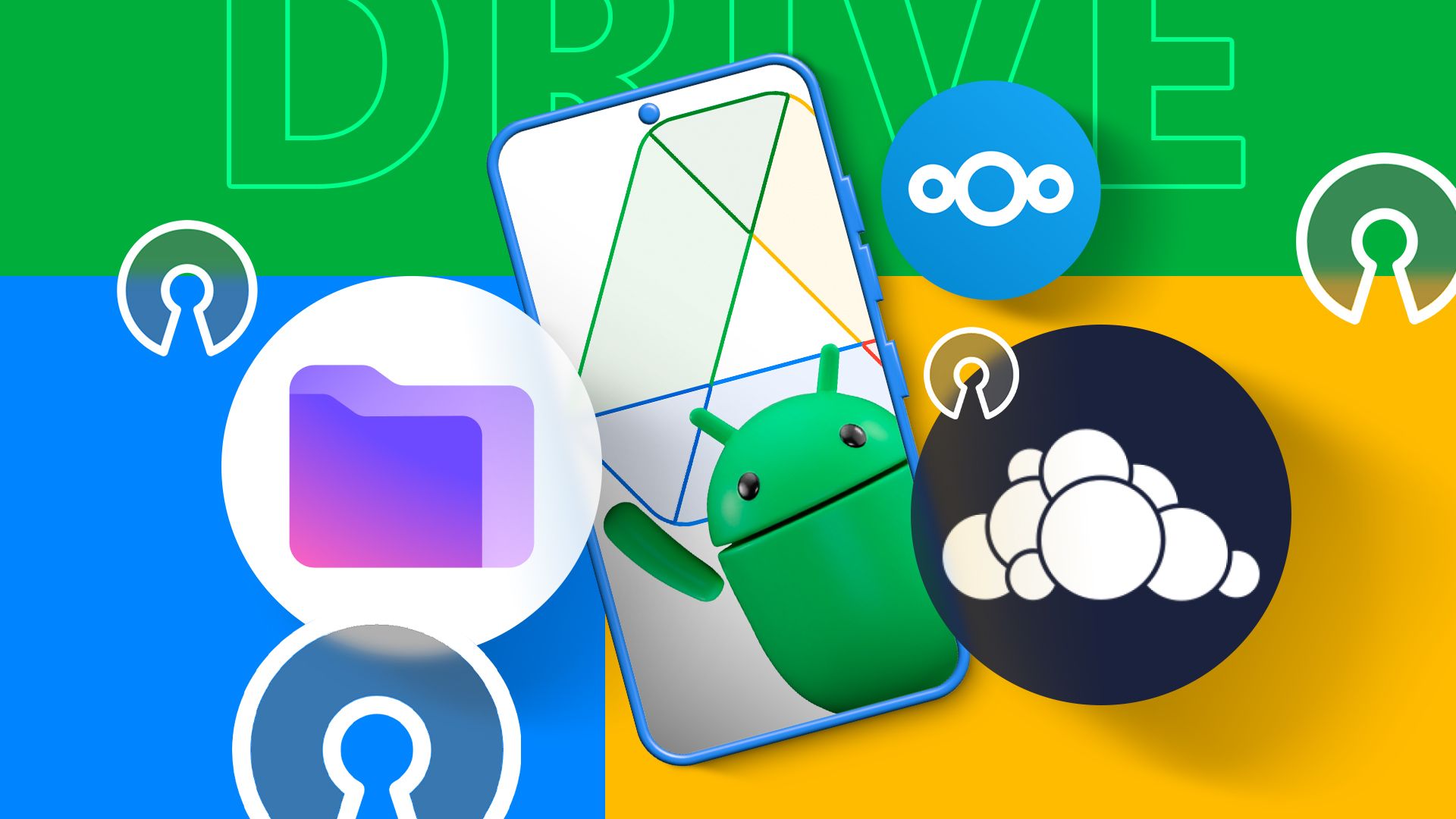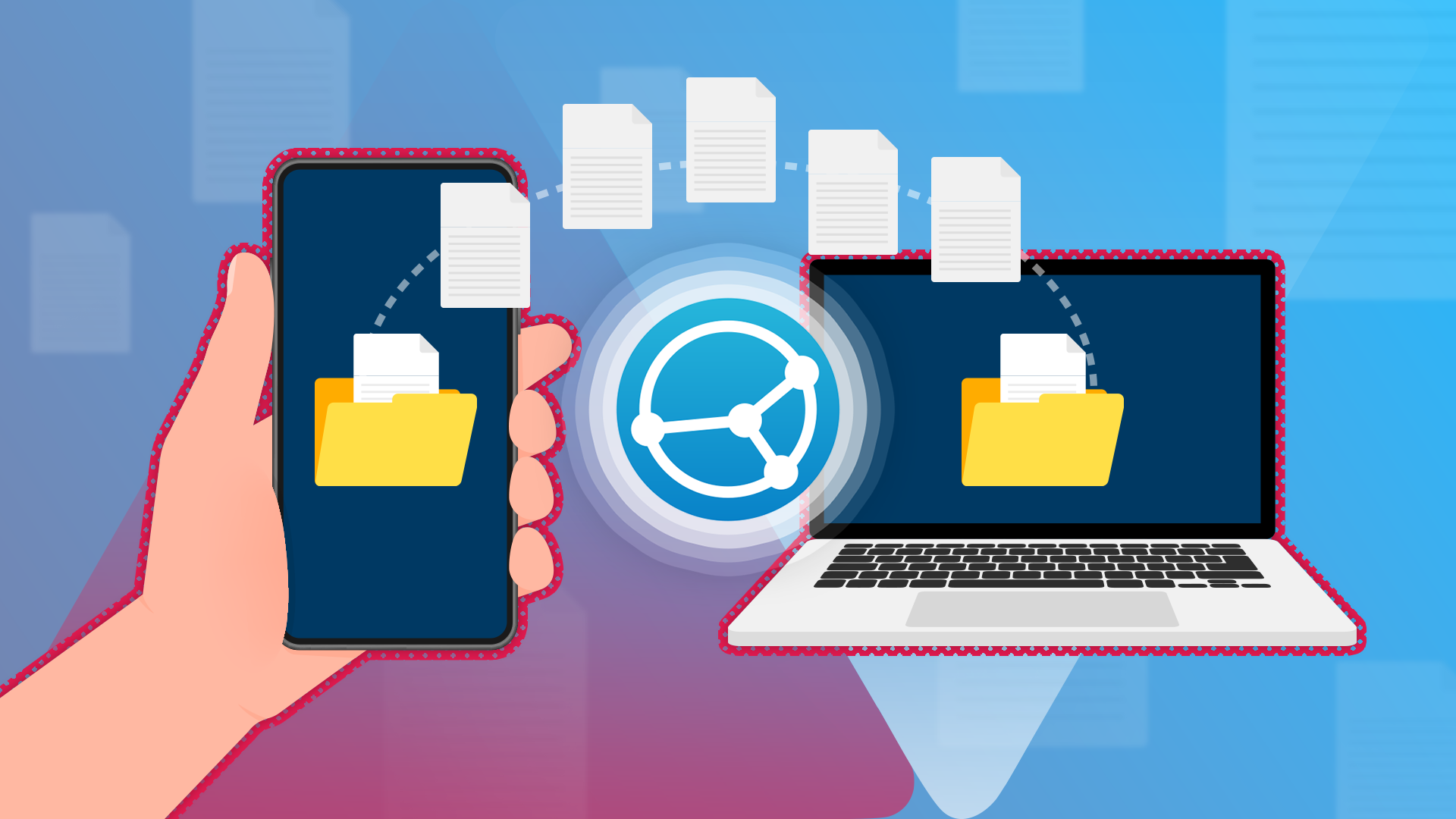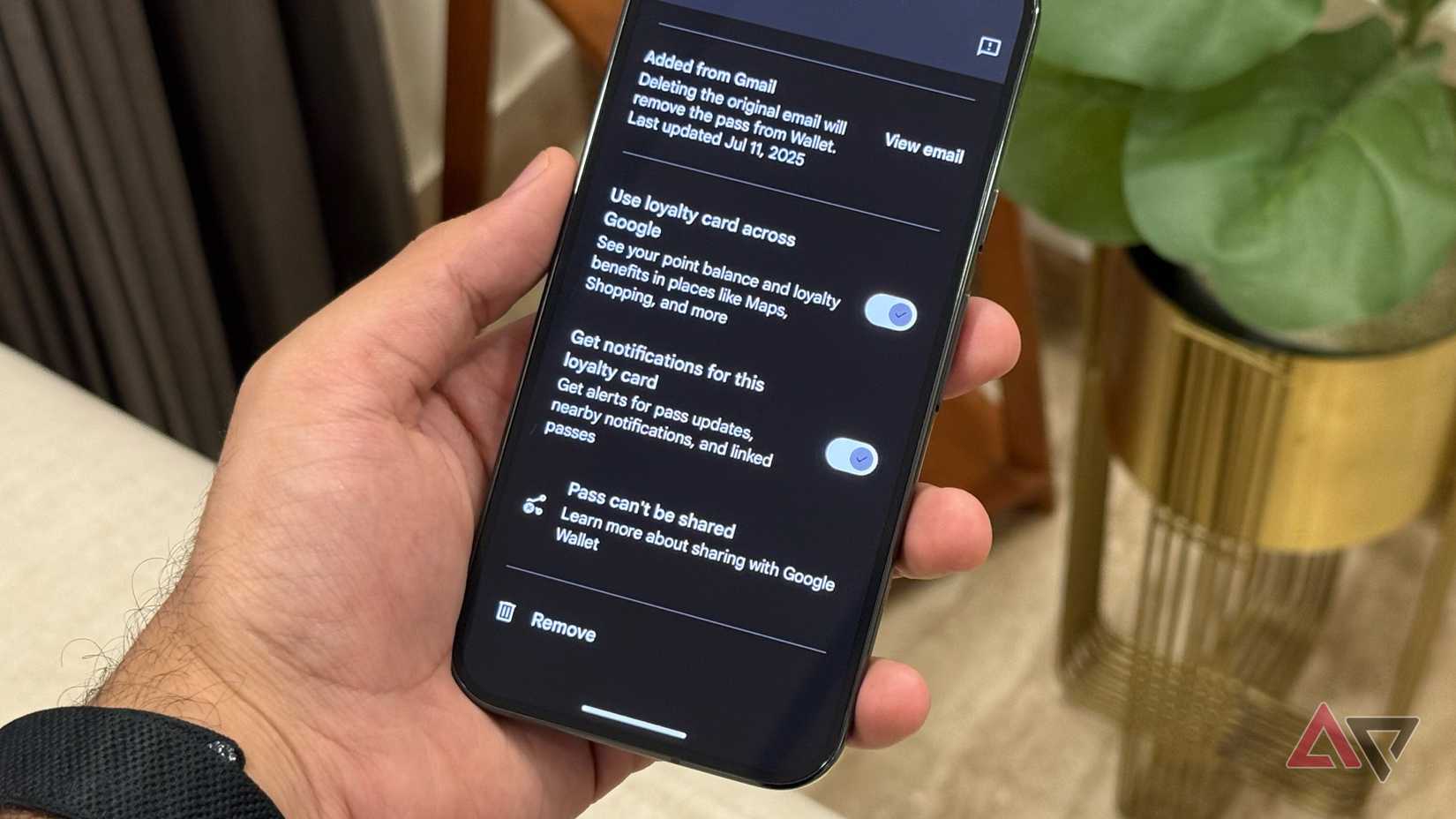If your Android phone is overflowing with subscription apps, you are not alone. From note-taking to home organization and media backup, it often feels like every essential app demands a recurring payment.
What if there was another way to unlock powerful functionality on your Android device without emptying your wallet? Open source community-driven projects offer complete transparency and can do everything paid subscriptions do, without costing you a dime.
Let’s go over the incredible, open source alternatives that save me hundreds of dollars annually and free up my cash for what truly matters.
6
Grocy
Manage your home like a pro
If you’re like me, you may have tried countless apps, spreadsheets, and sticky notes to keep your home inventory, groceries, and chores in check.
None of those solutions worked for me. Then I discovered Grocy and the fantastic Grocy Android client. It gave me the control over my household I was aiming for.
Grocy has a comprehensive approach that extends beyond your fridge. I can manage everything from my groceries to pantry items, shopping lists, and recipes.
However, Grocy is more than just food. I also use it to track my household chores, set up tasks with due dates, and have everything at a glance from the Master data menu.
Grocy’s Android app is a joy to use. The animations are smooth, the user experience is spot on, and it supports Material You.
Grocy is self-hosted. This is what sold me. It’s unlike home management solutions that store your sensitive data on their server. With Grocy, I am in control. My household inventory, meal plans, and personal notes reside on my server (whether it’s a Raspberry Pi, a NAS, or a simple Docker container).
5
Syncthing
Transfer files between devices
Syncthing has been a revelation for me. For years, I struggled with various methods (even tried paid ones) to get my files from my Android phone to a Mac or Windows PC, and vice versa.
I tried cloud storage services, but they felt slow, had storage limits, and I didn’t always feel comfortable having my data sitting on someone else’s servers. Then there were the ad-filled file transfers (anyone remember Xender?) that felt unreliable.
Syncthing uses a peer-to-peer approach, and there is no cloud server that my data gets uploaded to and then downloaded from. My Android phone, MacBook Pro, and Windows PC talk directly to each other. After the initial setup, the file transfers are lightning fast.
I can easily select specific folders, or a project folder I’m working on, across devices. I scan a QR code or type a device ID, confirm the connection, pick the destination folder, and I’m good to go.
4
OSS Document Scanner
Scan documents on the go
Whether it’s receipts, contracts, notes, or identity cards, I constantly need to digitize physical papers. I found myself relying on proprietary apps for this, often with concerns about privacy, data usage, and a hidden watermark that pushes me to upgrade to a paid version.
That’s why finding an open source tool like OSS Document Scanner has been a breath of fresh air. It supports smart document detection and cropping. I point my camera at a document, and it detects the edges, crops the image, and corrects irregularities.
Other features include image enhancements, OCR capabilities, PDF export and sharing, and multipage scanning. The Android app’s user interface is clean, supports the Material You theme, and helps you get started in no time.
3
Immich
Google Photos, who?
For years, Google Photos was my go-to for photo backup. The convenience was undeniable. Snap a picture, and it instantly goes to the cloud, accessible from anywhere.
However, I have to pay for expensive Google One plans for this convenience. That’s when I started looking for an alternative and ran into Immich. Immich transformed how I manage my photos and videos. It also allowed me to dial down my Google One plan.
Immich is a self-hosted photo and video management solution that aims to replicate Google Photos. This means my private media library remains stored on my server, whether it’s a dedicated desktop at home, a powerful NAS, or a mini-PC running Docker containers.
Immich’s Android app supports Material theme, automatic backup, machine learning, a robust search, and more. It feels modern and responsive.
Setting up Immich requires a bit of technical know-how to get the server running, but the documentation is excellent, and that initial investment of time is worth it.
2
Notesnook
A handy Evernote alternative
When Evernote’s free tier became restrictive, I looked for an open source alternative. I discovered Notesnook, and it helped me ditch the paid alternatives for good. It’s built on a zero-knowledge, end-to-end encrypted architecture.
Notesnook offers a smooth UI on Android. It has a rich text editor, supports tags to organize a growing notes collection, a table of contents, and reminders. The search functionality is robust, allowing me to quickly find what I need across my entire library.
The basic plan offers real-time unlimited sync, up to 20 notebooks, a web clipper, and manual backups, which is good enough for my workflow.
1
Bitwarden
Ditch those paid password managers
Bitwarden is an open source solution that focuses on user privacy and security. While Bitwarden offers a paid tier, the free plan is one of the most robust I have seen.
I can create unlimited password entries, generate strong passwords, access it across all my devices, use secure notes, and utilize 2FA without ads appearing on my device.
When I create a new entry, I have several options. Aside from a standard login entry, I can add credit cards, standard passwords, and more. The Android app supports Material theme, biometric unlock, autofill, and more.
Like Immich and Grocy, Bitwarden offers to self-host the entire vault. This means I can save my password entries on servers I trust and own.
Your wallet will thank you
Breaking free from the endless cycle of subscriptions doesn’t require rocket science. The six open source projects I explored prove that powerful, feature-rich alternatives exist for almost every paid service you rely on.
You’ll save hundreds of dollars annually, and you’ll gain the peace of mind that comes with the open source nature of these apps.
What are you waiting for? Download, experiment, and build your own cost-free and open source toolkit. I recently replaced my productivity apps with open source tools for a month, and here’s how it went.




